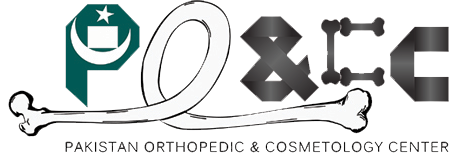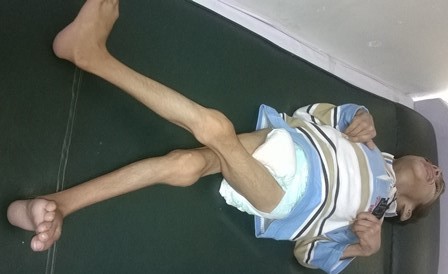The Cerebral Palsy Chapter at Pakistan Orthopaedic & Cosmetology Center ; diagnoses and treats infants, children, and adolescents with cerebral palsy (CP). Individualized treatment for your cerebral palsy patient will be determined by a team of experts at POACC. Mostly the treatment of cerebral palsy affected individuals is based on:
- His age, overall health, and medical history
- Severity and extent of the disease
- The nature and type of cerebral palsy
- Recommendations of specific medications, procedures, or therapies
- Setting of treatment goals during the course of the disease
- Your preference or opinion
As CP is a life-long disability, management includes focusing on preventing or minimizing deformities and maximizing the child’s functional capability. Such a child is best treated with an interdisciplinary team that may include the following health care providers:
- Orthopedic surgeon ( team leader ) – a surgeon who specializes in conditions of the muscles, ligaments, tendons, and bones
- Pediatrician/family practitioner
- Neurologist
- Neurosurgeon
- Eye specialist
- Dentist
- Nurse
- Orthotist – an individual who specializes in making braces and splints
- Physical therapist
- Occupational therapist
- Speech specialist
- Audiology specialist
Management of cerebral palsy includes nonsurgical and surgical options.
Nonsurgical interventions may include:
- Rehabilitation
- Positioning aids (used to help the child sit, lie, or stand)
- Braces and splints (used to prevent deformity and to provide support or protection)
- Medications (used to help control seizures or to decrease spasticity in the muscles; the medications may be given by mouth or as an injection)
Surgical interventions may be used to manage the following conditions:
- Orthopedic problems that may include managing curvatures in the back, hip dislocations, ankle and foot deformities, and contracted muscles
- Spasticity
For more information about cerebral palsy please click here.


